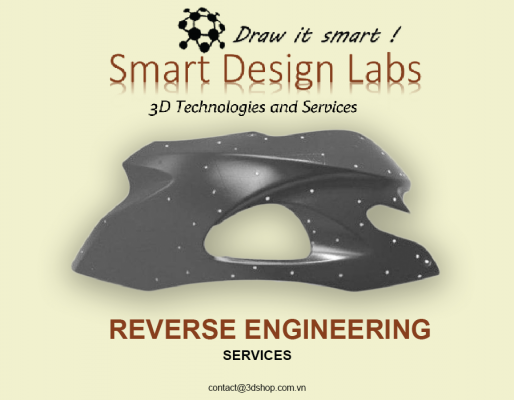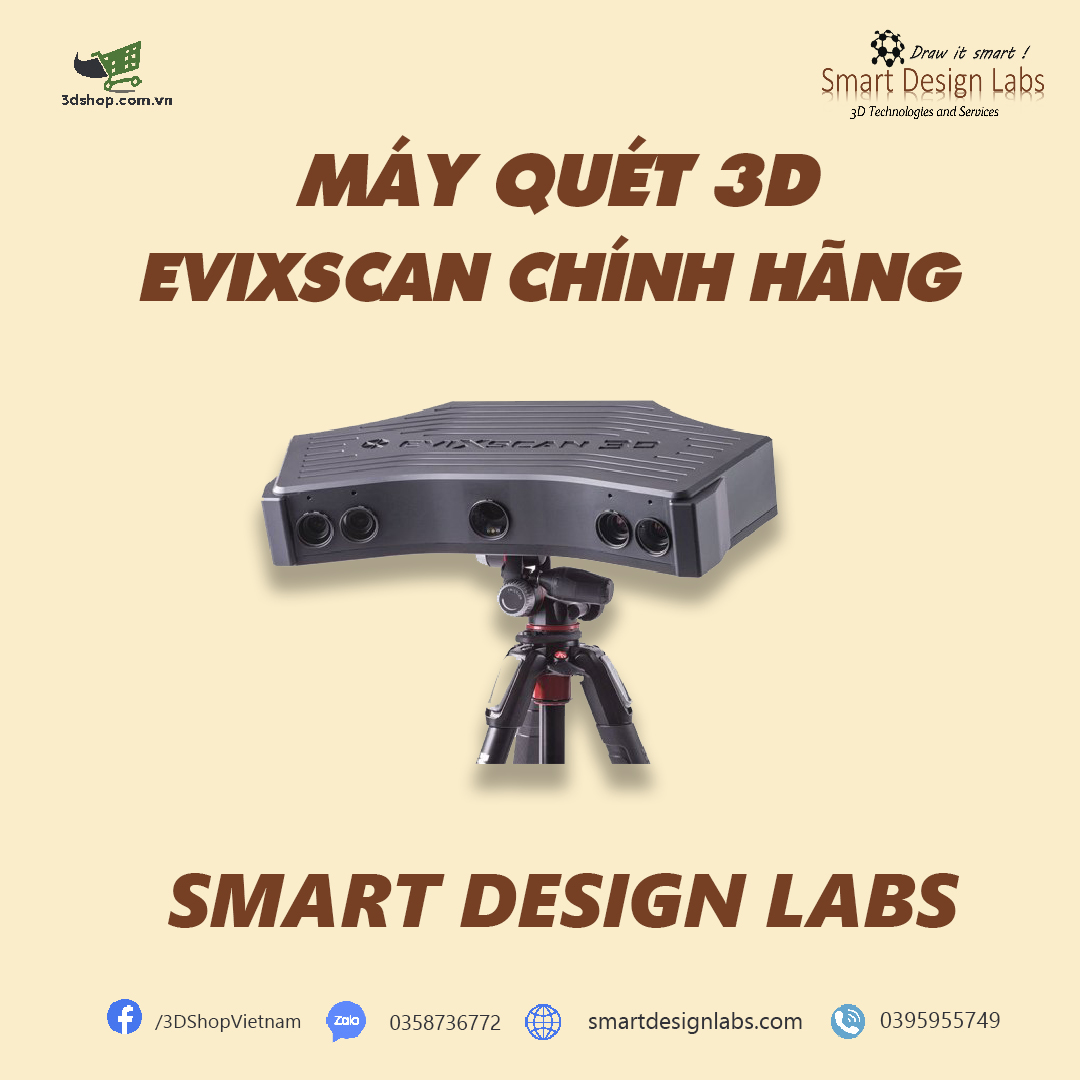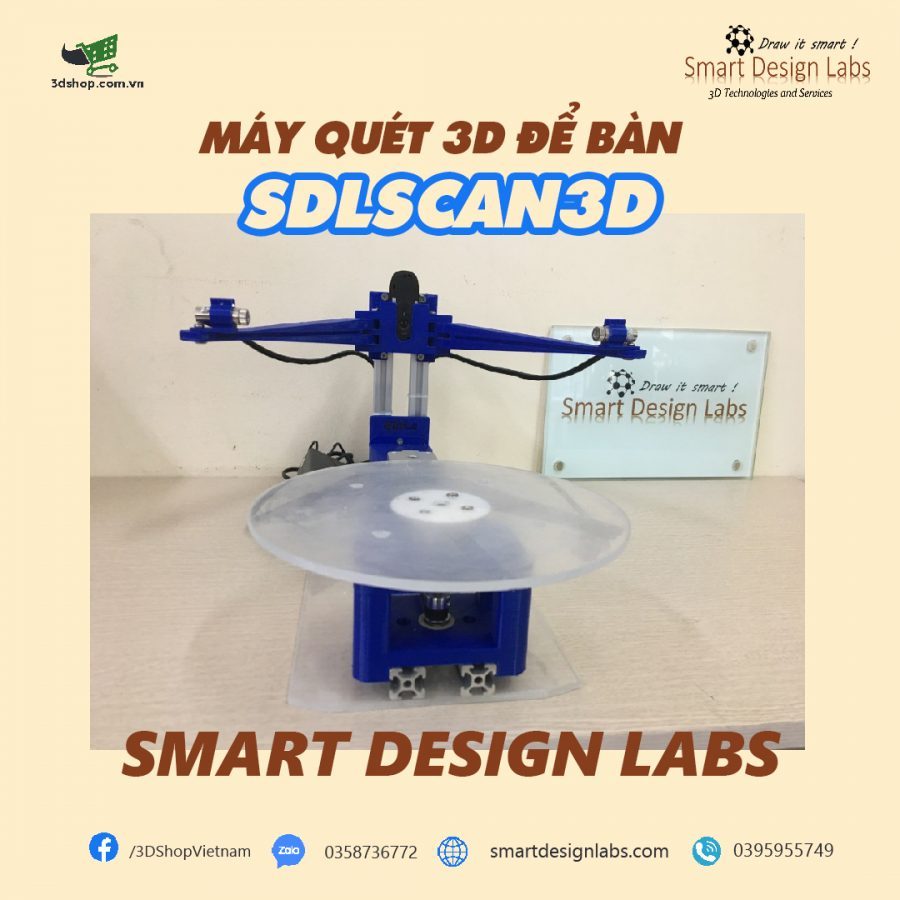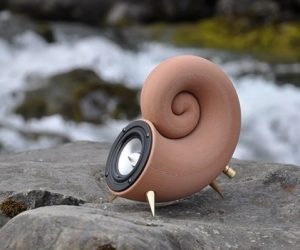The application of 3D printing in the medical field is increasingly diverse and helps a lot for both doctors and patients. With its advancement, convenience and precision, 3D printing technology has improved efficiency for medical work. Let’s find out more about the applications below.
Application of 3D printing in the manufacture of medical equipment
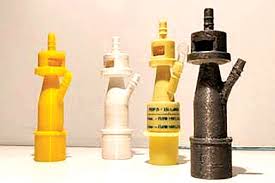
3D printing is extremely useful for the manufacture of medical devices, especially for original equipment manufacturers (OEMs). By integrating 3D printing into the workflow, manufacturers can benefit by bringing their digital design into physical reality, validating the design before implementing the tools, and reducing development costs. overall and allows products to reach markets faster. This is especially useful in the areas of design, R&D, and product development. Especially during the Covid pandemic – the past 19 countries all over the world have fallen into a shortage of medical equipment due to the rapid increase in the number of patients. Therefore, the advent of 3D printed medical devices such as breathing valves, masks, black masks, … have contributed to reducing pressure in disease prevention, examination and treatment.
Producing biomedical samples
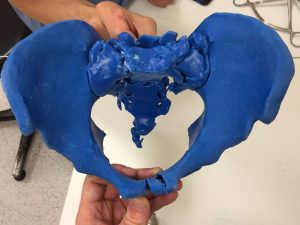
3D printing technology can also be used to avoid complications, potential surprises, or future corrective procedures. When creating a biological model by 3D printing a patient-specific medical model that can accurately reflect the specific patient and thus complements pre-operative planning and evaluation. The models can also simultaneously act as a communication aid for the real informed patient consent and the patient’s confidence.
Application of 3D printing in surgery
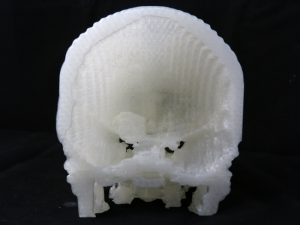
3D printing technology can also be used to produce surgical instructions. By 3D printing pre-planned digital surgery instructions. Doctors can easily do complex surgical procedures, reduce surgery time and speed patient recovery through the use of better prepared tools and equipment.





